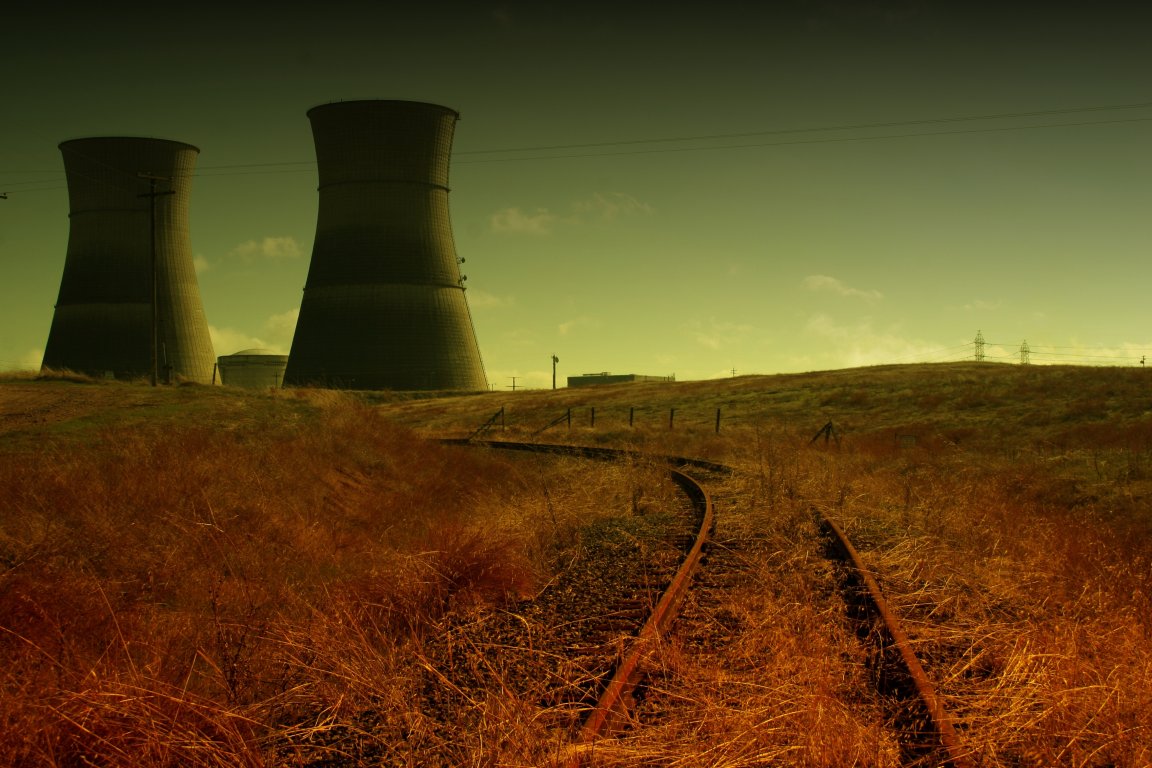
Molten-Salt Reactors
Several nuclear scientists and entrepreneurs gathered this week at the Oak Ridge National Laboratory to observe the 50th anniversary of the molten-salt reactor experiment. Instead of solid fuel rods, molten-salt reactors use liquid as the fuel to produce the nuclear reactions that heat water to make steam for electricity generation. These type of reactors have been found to be much safer and more economical.
The Progress
The Shanghai Institute of Applied Physics (SINAP) is collaborating with Oak Ridge to advance the research on both salt-cooled reactors (which use molten salts to transfer heat and to cool the reactor) and salt-fueled reactors (in which the fuel, where the energy-producing nuclear reactions occur, is dissolved within the salt coolant). Director Xu Hongjie presented SINAP’s progress, showing that China has traveled farthest down the road in its molten-reactor research. SINAP plans to build a 10-megawatt prototype reactor using solid fuel by 2020, along with a two-megawatt liquid-fuel machine that will demonstrate the thorium-uranium fuel cycle (Thorium, which is not fissile, is converted inside a reactor into a fissile isotope of uranium that produces energy and sustains the nuclear reaction.). SINAP also has plans to construct demonstration reactors in the next five years and deploy them commercially beginning around 2030.
Although this news initially alarmed American researchers, the development of safe, economical nuclear power technology that can be commercialized and deployed rapidly would be a large achievement for humankind, regardless of which country does it first.